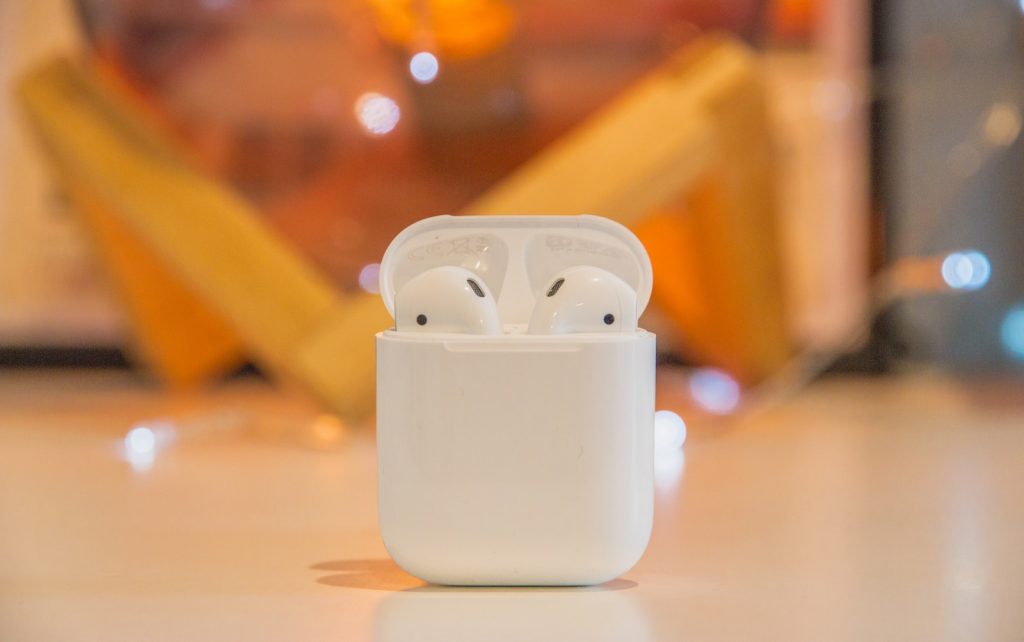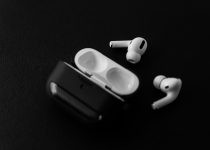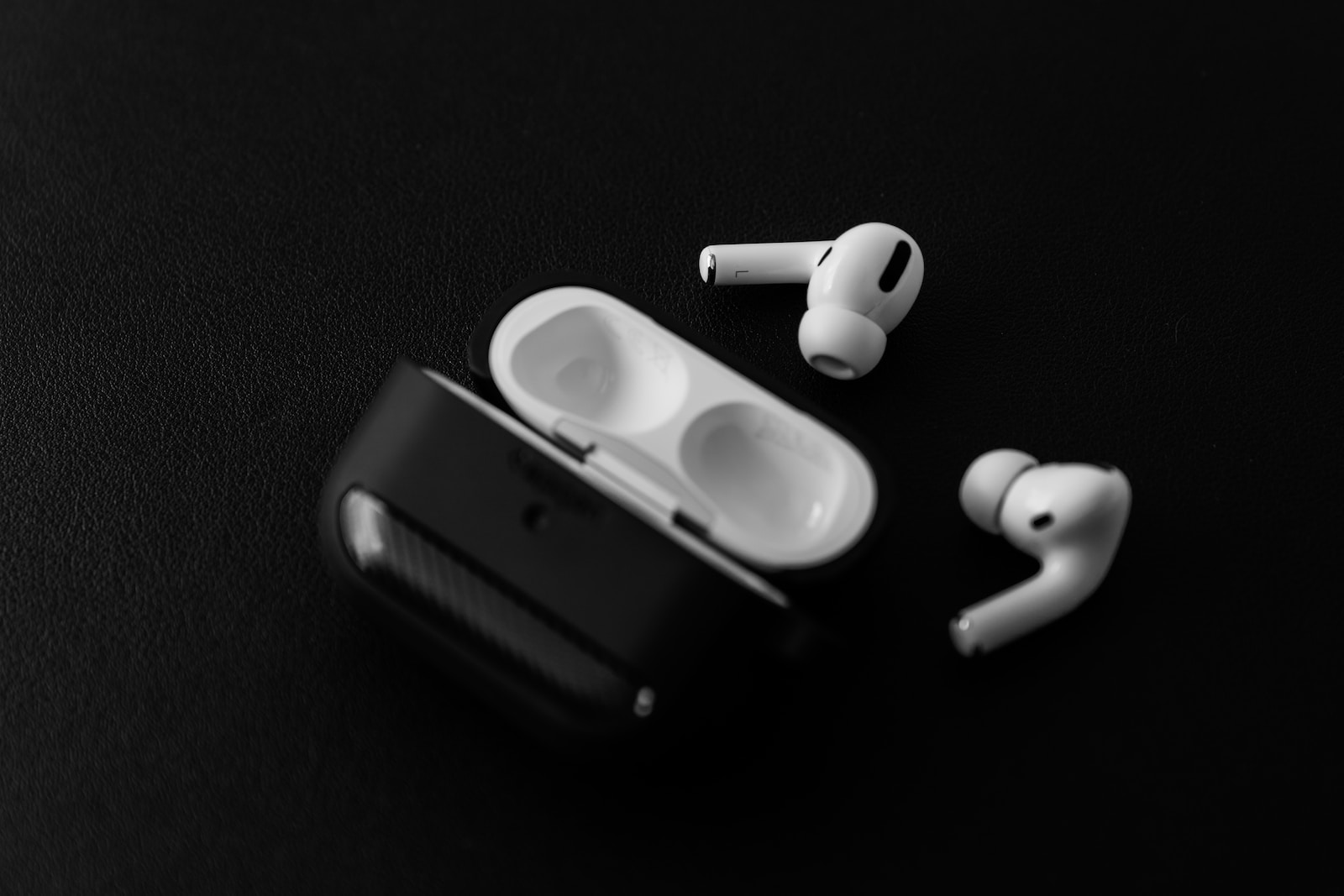Gaining Control of Your Listening Preferences: How to Change the Default Music App on Your iPhone with AirPods

Introduction
The joy of listening to your favorite tunes or podcasts can often be marred by the default settings on your iPhone, particularly when using AirPods. Whenever you begin to play music, the iPhone defaults to the Apple Music library rather than continuing with the audio you had been enjoying. This experience can prove frustrating for users who prefer consuming media via other apps, whether podcasts, audiobooks, or alternative music applications.
While the annoyance is minor, for some, it becomes a dealbreaker. However, due to this hiccup, you don't need to jump ship and opt for an Android device. This post aims to deliver an assortment of methods you can apply to regain control over your listening preferences, effectively asserting your choices over Apple's default suggestions.
Overcoming the Frustration with iPhone Defaulting to Apple Music
Whether you're an ardent fan of Apple Music or not, the forced diversions to the platform can disrupt your listening experiences. The lack of flexibility can cause some displeasure among users. Thankfully, the iPhone's functionality can be tailored to suit individual preferences.
You are not forever bound by the directives of the iPhone's automatic selection and can alter it to suit your desired listening habits. Furthermore, the notion that you can't change your default music player on your iPhone when using AirPods is a stark misconception. In the following sections, we will venture through the procedures you can deploy to circumvent Apple's default prompts and play media from your preferred applications when using AirPods.
Aim to Explain Methods to Assert Listening Choices
Preferences change, and you shouldn't have to be stuck with a default that does not cater to your evolving tastes. The object of this guide is to empower users to exercise their choices regarding their listening habits, allowing them to set defaults according to their preferences.
These methods are not irrevocable. When you wish to experiment with a new app or return to Apple Music, Siri will prompt you to select your preferred app again. The goal is not to abandon Apple Music entirely but to enable you to switch between apps smoothly, as per your preference.
Note that the upcoming sections contain step-by-step procedures to make the necessary changes in settings. These adjustments do not affect the overall functioning of your iPhone or AirPods but merely change the default media player. So, feel free to explore the methods, implement as you wish, and enjoy your preferred audio without disruptions.
Understanding the Default Connection to Apple Music
It is important to first comprehend why AirPods were designed with the default connection to Apple Music. Regarding Apple devices, AirPods are geared towards simplicity and seamlessness, a philosophy that extends to the user's musical experience. When you issue the 'Play' command on your iPhone or iPad, the default setting is to initiate music playback via Apple Music.
The important clarification here is that this isn't an imposition by the AirPods but rather a mirroring of the command executed on your host device - the iPhone, iPad, or Mac. Thus, if your device's default is to play music from Apple Music, so will your AirPods, reinforcing the perception that they are tethered to the music platform. However, that is not the case.
How AirPods are designed to connect to Apple Music
The design principles of AirPods direct them to be a tool geared towards enhancing the user experience with Apple products. Thus, they automatically align with the default music app, which, on Apple devices, is Apple Music. It's not so much a preference for the platform but more aptly described as an extension of the iPhone or iPad's audio playback functionality.
So the question arises - Can this be changed? Yes, it can. While Apple doesn't provide an explicit option within the settings to change the default music player, there is a workaround involving Siri, Apple's smart assistant. Siri can learn about your preferences and can thus be directed to play music or other audio content from your preferred app, be it Spotify, Audible, or any other.
Aim to Transition to Preferred Music Player
With a clearer understanding of the default connection between AirPods and Apple Music, the objective is to explore ways to transition to your music player of choice. For this guide, Spotify will be used as an example, but rest assured, the same steps can also be used to establish connections with other music players.
As we delve into the guiding process, it's vital to remember that changing the default music player does not radically alter the operation of your AirPods. The primary difference will be that upon playback. Audio will flow from your preferred platform rather than Apple Music, leading to an enhanced and personalized listening experience.
Methods to Change Default Music App
While Apple does not offer a straightforward pathway to modify the default music app for your AirPods, there exist a few workarounds that you can use to influence the default settings. These involve teaching Siri your preferred player, removing the Apple Music app, or disabling mobile data for Apple Music. However, before diving into these strategies, ensure your iPhone or iPad runs on iOS or iPadOS version 14.5 or newer to guarantee the methods work effectively.
Teaching Siri Your Music Player Preferences
An innovative way to change your default music player involves Siri, Apple's virtual assistant. Once you make frequent requests to Siri to play music from your preferred app, the smart assistant learns your preferences. Over time, Siri will automatically default to your chosen app when you ask it to play music.
Note that setting a default player this way doesn't imbue the app with any special privileges or access to your data. It simply informs Siri of your preferences. As TechCrunch reports, the new app won't become your default in the firm sense, but Siri will adapt to your habits over time. For instance, Siri may learn that you prefer Spotify for music but Apple Podcasts for podcast listening.
Removing the Apple Music App
If the Siri method doesn't completely fit your needs, another option is removing the Apple Music app from your device entirely. Once Apple Music is unavailable, your device will seek other compatible music apps to play your desired audio. When you ask Siri to play music or automatically connect your AirPods with your device, your preferred app – such as Spotify – will default to play your music.
Turning off Mobile Data for Apple Music in Settings
Another method involves turning off mobile data access specifically for Apple Music. This prevents Apple Music from streaming music when your device is connected to the internet via mobile data. When you turn off mobile data for Apple Music, and there's no available WiFi connection, the next available music app (your preferred player) will be deployed to fulfill your request to play music.
In summary, your AirPods should serve your preferences, and these methods can help you to better customize your listening experience.
Recap of Methods to Regain Control Over Listening Preferences
After a journey through the methods and steps outlined in this guide, you should be better equipped to tailor your music listening experiences according to your preferences. Whether through harnessing Siri's learning capabilities, relieving your device of the Apple Music app, or limiting the app's access to mobile data, these strategies control the default music app linked to your AirPods.
However, remember that your preferences in this process are not definitive. Siri, being a learning platform, will ask you, from time to time, which app to use when playing music. This ensures that your preferences evolve over time and will continue to be catered to effectively.
Share Experiences and Explore New AirPods Features
The beauty of technological exploration lies in the diversity of individual experiences. Thus, feel free to share your tried methods and discuss what worked best for you. Your shared experiences can help others facing similar predicaments to learn from your trials and successful navigation.
Moreover, with Apple's constant evolution and introduction of new features, keeping an ear to the ground can help elevate your experience. For instance, if you're intrigued by the potential of exploring more innovative features in the upcoming iOS 17 for AirPods, there are available resources to satisfy your curiosity and stay at the forefront of technological developments.
Enjoy a more personalized auditory experience with your AirPods, demonstrating that this enjoyable accessory can indeed cater to your unique listening choices.

